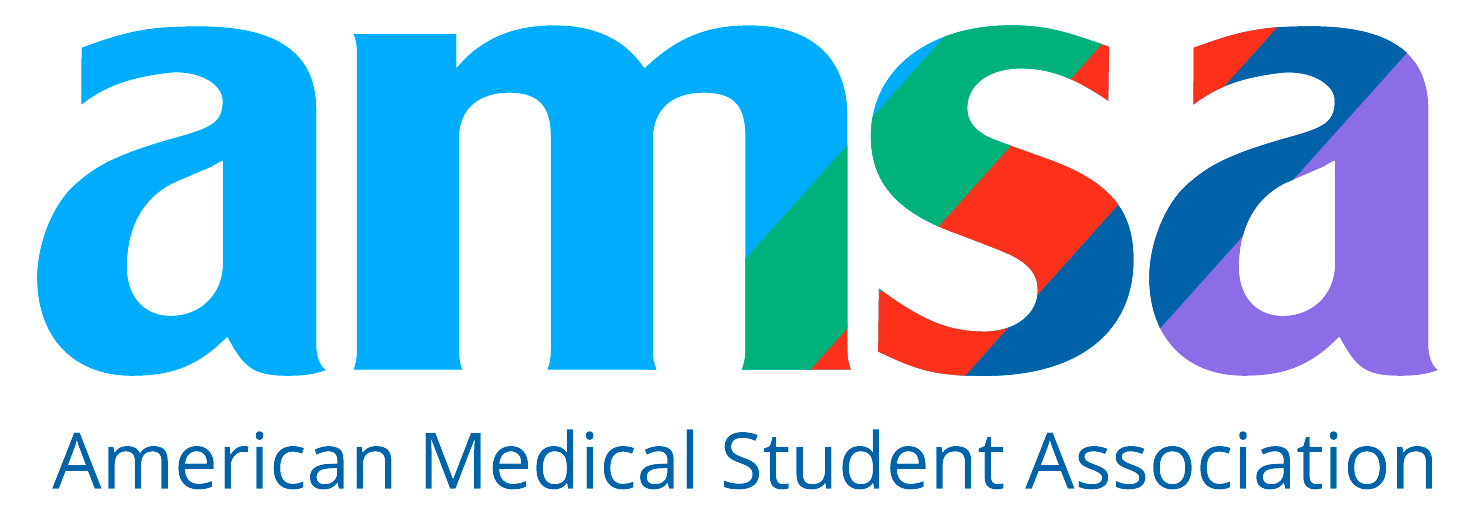Physician Assistant Salary: Trends, Specialties, and Career Outlook
Go-Elective Abroad
Physician Assistant Salary: Trends, Specialties, and Career Outlook
Physician assistants (PAs) are among the most in-demand healthcare professionals in the United States. Working closely with physicians, they diagnose illnesses, prescribe medications, and perform clinical procedures. While their roles often overlap with those of doctors, their educational paths, scopes of practice, and compensation differ significantly.
If you’re planning to become a PA or deciding between PA and medical school, understanding salary trends and career expectations is crucial. This guide explores the latest PA salary data, how PA compensation compares to doctors, and how clinical experience, including global healthcare internships, can impact your earnings trajectory.
> Explore Go-Elective Pre-PA and PA Internships Abroad
Educational Path: PA vs. MD
Both PAs and doctors begin with rigorous training, but their academic journeys differ in length, cost, and intensity.
To become a doctor, you typically need:
- A bachelor’s degree (4 years)
- A competitive GPA (average 3.64) and MCAT score (minimum ~508)
- Medical school (4 years)
- Residency (3–7 years, depending on specialty)
- Board certification and ongoing recertification
To become a PA, you’ll need:
- A bachelor’s degree
- Around 1,000–2,000 hours of patient care experience
- A 2–3 year master’s program in Physician Assistant Studies
- Certification via the PANCE exam
For many pre-health students, the PA route is appealing due to its shorter timeline, lower cost, and flexibility in changing specialties without additional residency training.
Job Duties: Similar Roles, Different Levels of Autonomy
Both physicians and physician assistants:
- Conduct physical exams
- Diagnose and treat illnesses
- Prescribe medications
- Provide patient education and follow-up care
Key differences:
- Doctors practice independently; PAs work under physician supervision (though often autonomously in daily practice)
- PAs cannot perform major surgeries alone but often assist in ORs
- Doctors undergo more intensive training and bear higher legal and clinical responsibility
PAs also benefit from the ability to shift specialties more easily, a flexibility that many find attractive.
Cost of Education: PA Programs vs. Medical School
Medical School Costs
- Public medical schools: ~$207,000
- Private medical schools: ~$278,000
- (Source: AAMC)
PA School Costs
- In-state students: ~$71,000
- Out-of-state: ~$90,000
- (Source: PAEA, average for 27-month programs)
Though PA school is still a financial investment, the lower cost and shorter time to practice make it a more accessible option for many students.
Physician Assistant Salaries in 2025
According to the most recent data from authoritative sources like the NCCPA, BLS, and AAPA, here’s what PA salaries look like today:
Specialty plays a major role in compensation. According to NCCPA and AAPA data:
- Dermatology PAs earn: ~$137,000
- Emergency Medicine: ~$129,000
- Orthopedic Surgery: ~$125,000
- Family Medicine: ~$112,000
- Critical Care: ~$130,000
Explore the full list of PA specialties and their corresponding salaries in our detailed guide: Physician Assistant Specialties and Career Paths.
Top-Paying Locations for PAs
Geography also affects earning potential. According to the BLS and NCCPA:
- Top-paying states:
- Connecticut: $137,060
- California: $130,150
- Washington: $128,000
- Top metropolitan areas:
- Salinas, CA: $161,370
- San Jose, CA: $156,640
- Danbury, CT: $152,000
However, adjusted for cost of living, states like Iowa, Kentucky, and Mississippi offer the highest value per dollar earned.
Additional Benefits and Compensation
Most full-time PAs enjoy substantial non-salary benefits:
- Annual bonuses (~$6,000 average)
- Health, dental, and liability insurance
- CME allowances and professional license reimbursements
- 401(k) contributions (typically 3–7% of salary)
- Paid time off and flexible work schedules
In fact, 90%+ of PAs receive some form of professional development support from their employers.
Salary Growth and Experience
Experience is a powerful factor in PA earnings. Over the past six years, average salaries have increased by more than 15%. PAs with:
- 0–2 years experience: $95,000–$105,000
- 5–9 years: ~$115,000
- 15–19 years: ~$130,000 or more
Newly certified PAs often start between $90,000–$105,000 but can exceed $100,000 within their first year depending on region and specialty.
Comparing PA and Doctor Salaries
While doctors earn more over time, PAs often reach financial stability sooner and with less debt. This makes the PA profession especially attractive for students who want strong compensation without a decade-long training commitment.
The Value of Clinical Experience
Getting clinical experience — especially in diverse healthcare settings — is critical for both admissions and future salary negotiations.
Global internships, like those offered by Go Elective, provide pre-PA and PA students with hands-on exposure to surgery, emergency medicine, pediatrics, and more in high-volume hospitals across Kenya and Tanzania. These experiences can strengthen your CV and increase your confidence during interviews and clinical rotations.
Final Thoughts: Is a PA Career Worth It?
The physician assistant profession offers a rare combination of high job satisfaction, flexibility, and excellent salary potential. With demand for PAs continuing to grow — and opportunities to specialize, travel, and make a real impact — this career path remains one of the most accessible and rewarding in healthcare.
If you're considering a future as a PA, start by building strong clinical experience and exploring diverse settings. Learn more about how to boost your PA school application and gain patient care hours on our Pre-PA Internships Page.
Article Details
Categories
Author: Go-Elective Abroad
Date Published: Jun 17, 2025
Travel with us.
Inquire Today!
Go Elective offers immersive opportunities for medical students, pre-med undergraduates, residents, nursing practitioners, and PAs to gain guided invaluable experience in busy hospitals abroad. Discover the power of study, travel, and impact.






